Now Reading: Pork and Chicken Paella: An Easy Step-by-Step Guide to a Flavorful Feast
- 01
Pork and Chicken Paella: An Easy Step-by-Step Guide to a Flavorful Feast
Pork and Chicken Paella: An Easy Step-by-Step Guide to a Flavorful Feast
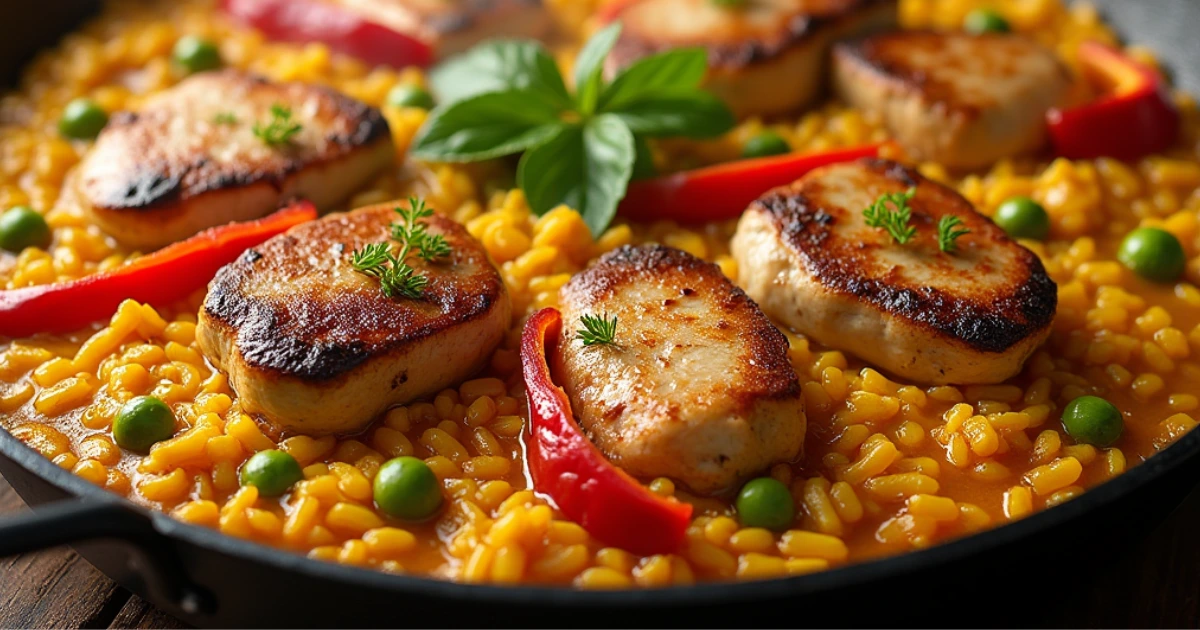
Table of Contents
Imagine gathering your loved ones around a table filled with vibrant colors and irresistible aromas. As the paella simmers on your stove, the warm scent of saffron, smoky paprika, and perfectly seared meats fills your home, evoking memories of lively Spanish feasts and intimate family dinners. This isn’t just any meal—it’s a celebration of flavors that invites you to savor each bite while enjoying the art of cooking. In this comprehensive guide, you will learn how to create an authentic pork and chicken paella, step by step, right in your own kitchen. Whether you’re an experienced cook or just starting out, this recipe is designed with you in mind, providing clear instructions, handy tips, and plenty of inspiration.
Introduction to Pork and Chicken Paella
Paella is much more than a dish—it’s a vibrant experience that encapsulates the essence of Spanish culinary heritage. Originating from the sun-drenched region of Valencia, paella has long been associated with family gatherings, festive celebrations, and communal dining. When you prepare a pork and chicken paella, you’re not only creating a meal but also embracing a tradition that celebrates the joy of sharing food and memories.
In this guide, you will discover why pork and chicken make an ideal combination for paella. The richness of pork, combined with the tender succulence of chicken, creates a harmonious blend of textures and flavors. As you follow along, you’ll appreciate how each ingredient contributes to a dish that is as visually appealing as it is delicious. By the end of this article, you will be equipped with the knowledge and confidence to recreate this Spanish classic in your very own kitchen.
Essential Ingredients for Authentic Paella
Creating an authentic pork and chicken paella starts with the best ingredients. Each component plays a crucial role in delivering the traditional flavor and texture that defines this dish. Here’s what you need to gather:
Must-Have Ingredients
- Chicken: Use chicken thighs or cutlets for a tender, juicy outcome. Bone-in and skin-on pieces add extra flavor.
- Pork: Pork ribs or shoulder, cut into bite-sized pieces, provide a rich, savory taste.
- Spanish Chorizo: (Optional) Sliced chorizo contributes a spicy, smoky element that deepens the flavor.
- Rice: Short-grain rice, such as Bomba or Arborio, is essential to achieve the ideal paella texture.
- Saffron: Infuse your paella with saffron threads for that signature golden hue and subtle floral notes.
- Smoked Paprika: Enhances the dish with a smoky depth.
- Chicken Broth: Warm broth is crucial for cooking the rice evenly and infusing it with flavor.
- Vegetables: Onions, garlic, red bell peppers, and tomatoes form the aromatic base.
- Peas: Fresh or frozen peas add a burst of color and sweetness.
- Olive Oil: Use high-quality olive oil for sautéing and finishing touches.
- Seasonings: Salt and pepper are essential for balanced seasoning.
Recipe Ingredients Table
| Ingredient | Quantity | Notes |
|---|---|---|
| Chicken thighs or cutlets | 1 lb | Preferably bone-in and skin-on for extra flavor |
| Pork (ribs or shoulder) | 1 lb | Cut into bite-sized pieces |
| Spanish chorizo | 1/2 lb | Sliced (optional for added smokiness) |
| Short-grain rice (Bomba/Arborio) | 2 cups | Ensures proper absorption of flavors |
| Chicken broth | 4 cups | Warmed for even cooking |
| Saffron threads | 1/2 teaspoon | Soaked in 2 tbsp warm water |
| Smoked paprika | 1 teaspoon | Provides a subtle smoky flavor |
| Onion | 1 large | Finely chopped |
| Garlic cloves | 4 | Minced |
| Red bell pepper | 1 | Sliced |
| Tomatoes | 2 medium | Grated or finely chopped |
| Peas | 1 cup | Fresh or frozen |
| Olive oil | 1/4 cup | For sautéing and drizzling |
| Salt & Pepper | To taste | Seasoning throughout |
Equipment Needed
To streamline your cooking process, ensure you have these essential tools:
- Paella Pan or Wide Skillet: A large, shallow pan allows for even heat distribution.
- Heatproof Spatula or Wooden Spoon: For stirring without damaging your pan.
- Measuring Cups and Spoons: To accurately measure your ingredients.
- Cooking Thermometer: To check meat doneness.
- Knife and Cutting Board: For chopping vegetables and cutting meat.
Step-by-Step Cooking Instructions
Follow this detailed guide to prepare your pork and chicken paella, ensuring every step is clear and easy to follow.
Preparing the Meats and Base
Searing the Meats
- Heat Your Pan: Place your paella pan or wide skillet on medium-high heat and add olive oil.
- Season the Meats: Lightly season your chicken and pork with salt and pepper.
- Sear to Perfection: Place the chicken thighs and pork pieces into the pan. Sear them until each side is well browned. This process locks in the juices and creates a flavorful base.
- Remove and Set Aside: Once browned, carefully remove the meats from the pan and set them aside. They will be reintroduced later.
Sautéing the Aromatics
- Cook the Chorizo: (If using) Add sliced Spanish chorizo to the same pan and cook until it releases its oils. This step builds a rich flavor foundation.
- Add Vegetables: Introduce the finely chopped onions, minced garlic, and sliced red bell peppers. Sauté until the vegetables soften and begin to caramelize, approximately 5–7 minutes.
Building the Paella
Incorporating Rice and Spices
- Stir in the Rice: Add the short-grain rice to the pan, stirring well to coat it with the oils and aromatic vegetable mixture.
- Mix in Tomatoes and Spices: Add grated or finely chopped tomatoes, smoked paprika, and the saffron along with its soaking liquid. Ensure the rice is evenly coated with the vibrant mixture.
Adding Broth and Meats
- Pour in the Broth: Slowly pour in the warm chicken broth, stirring to combine.
- Return the Meats: Gently nestle the seared chicken and pork pieces back into the pan, distributing them evenly.
- Simmer Uninterrupted: Allow the paella to simmer without stirring for approximately 20 minutes. This undisturbed simmering is key to forming the coveted socarrat—the crispy, caramelized bottom layer.
Final Touches
Adding Vegetables
- Introduce Peas: During the last 5 minutes of cooking, sprinkle peas over the paella. They add a burst of color and a touch of sweetness.
Achieving the Socarrat
- Crisp the Bottom: To create a deliciously crispy rice bottom, increase the heat for a brief period or move the pan to a higher oven rack and broil for 1 minute. Be vigilant to prevent burning.
Resting the Dish
- Let It Settle: Once the paella reaches an internal temperature of 165°F (for safety), remove the pan from heat. Cover with a clean kitchen towel and let it rest for 5 minutes before serving. This resting period allows the flavors to meld and the rice to finish absorbing the remaining broth.
Expert Tips and Variations
To elevate your pork and chicken paella and make the cooking process even smoother, keep these expert insights in mind:
Tips for a Perfect Paella
- Maintain a Steady Simmer: Avoid boiling too vigorously. A consistent, gentle simmer allows the rice to cook evenly and absorb the broth’s flavors.
- Do Not Stir: Once the broth is added, refrain from stirring. This practice helps form the socarrat, a hallmark of great paella.
- Monitor Temperature: Use a cooking thermometer to ensure your meats reach the safe internal temperature of 165°F without overcooking the rice.
- Resting Is Key: Always allow your paella to rest after cooking. This final step improves texture and flavor integration.
Variations to Try
- Seafood Addition: For a seafood twist, consider adding shrimp, mussels, or clams during the final 10 minutes of cooking.
- Vegetarian Paella: Replace meats with a mix of hearty vegetables like artichokes, zucchini, and extra bell peppers for a meat-free version.
- Extra Smoky Flavor: If you love a deeper smoky note, try adding a dash of chorizo oil or a sprinkle of extra smoked paprika.
- Herb Infusion: Experiment with adding fresh herbs such as rosemary or thyme towards the end of cooking for a burst of fresh, aromatic flavor.
Serving Suggestions and Pairings
Once your pork and chicken paella is ready, presentation and pairing play a crucial role in elevating the dining experience. Here are some ideas to make your feast even more memorable:
Ideal Sides
- Green Salad: A crisp, lightly dressed salad with lemon vinaigrette pairs perfectly with the rich, savory paella.
- Crusty Bread: Serve with slices of rustic bread to soak up every drop of the delicious broth.
- Grilled Vegetables: Consider adding a side of grilled seasonal vegetables to complement the dish’s flavors.
Beverage Pairings
- Spanish White Wine: A chilled glass of Albariño or a light Garnacha enhances the meal without overpowering it.
- Refreshing Sangria: For a festive touch, serve a glass of homemade sangria with fresh fruit and a splash of brandy.
Presentation Tips
- Garnish: Decorate your paella with lemon wedges and a sprinkle of freshly chopped parsley. The lemon adds a tangy brightness that balances the rich flavors.
- Serving Style: For an authentic experience, serve directly from the paella pan, inviting everyone to share in the warmth and community of the meal.
Frequently Asked Questions about Pork and Chicken Paella
FAQ Section: Your Pork and Chicken Paella Questions Answered
- Q: Can I prepare paella without a traditional paella pan?
A: Absolutely. You can use a wide, shallow skillet that allows for even heat distribution. The key is to avoid overcrowding, which helps form that signature crispy bottom layer. - Q: Is it possible to add seafood to this pork and chicken paella?
A: Yes, many enjoy a mixed paella. Simply add seafood such as shrimp or mussels during the last 10 minutes of cooking to complement the pork and chicken flavors. - Q: How do I ensure the rice is perfectly cooked?
A: Use short-grain rice like Bomba or Arborio, maintain a steady simmer, and resist stirring once the broth is added. This will help the rice absorb the broth and form a delightful socarrat. - Q: What is the best way to store and reheat leftovers?
A: Store any leftovers in an airtight container in the refrigerator for up to 2 days. Reheat gently on the stovetop or in a moderate oven (350°F) to preserve texture and flavor. - Q: How can I achieve that crispy socarrat at the bottom of the paella?
A: Avoid stirring during cooking, and for the final step, increase the heat briefly or use a broiler to develop a caramelized, crispy layer at the bottom of the pan. Keep a close eye on it to avoid burning.
Conclusion
Crafting an authentic pork and chicken paella is an invitation to embrace a rich culinary tradition while creating a meal that nourishes both body and soul. You’ve learned the essential ingredients, detailed step-by-step cooking methods, and expert tips to ensure your paella turns out perfectly every time. More than just a recipe, this dish is a celebration of flavors, a testament to the joy of cooking, and a wonderful way to bring people together.
Now that you’re armed with all the information you need, it’s time to step into your kitchen and create a paella that reflects your personal touch. Experiment with variations, savor each moment of the process, and don’t hesitate to make the recipe your own. When your paella is ready, gather your family and friends, and share in the delicious experience that only a homemade paella can bring.
Call-to-Action:
If you enjoyed this guide and are excited to try your hand at pork and chicken paella, leave a comment below with your thoughts and experiences. Don’t forget to share your paella creations on social media using the hashtag #PorkAndChickenPaella. Subscribe to our newsletter for more step-by-step recipes and culinary tips that will help you transform your everyday cooking into extraordinary meals.
By following this guide, you are not only preparing a meal; you are creating an experience that honors tradition and celebrates the joy of home cooking. Enjoy every step, and happy cooking!












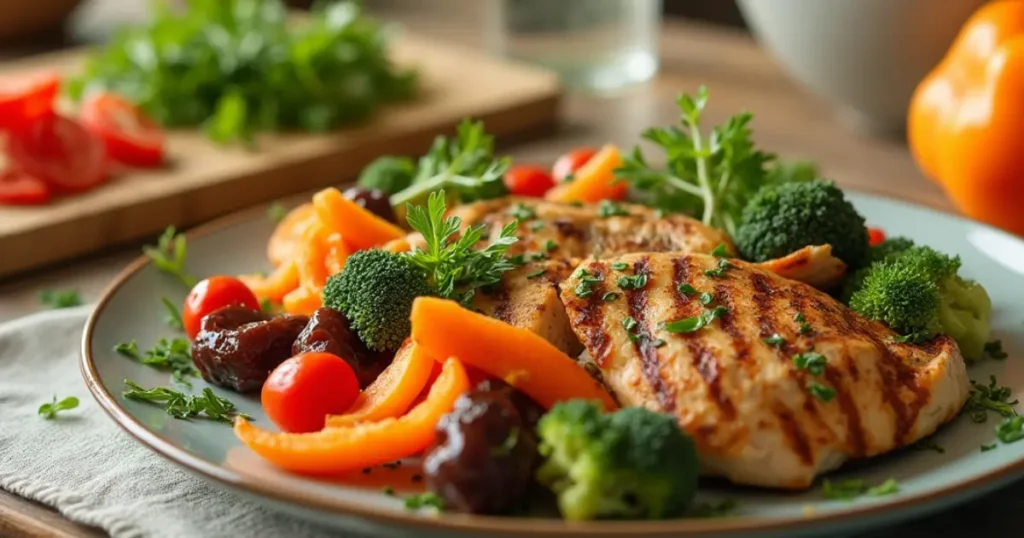
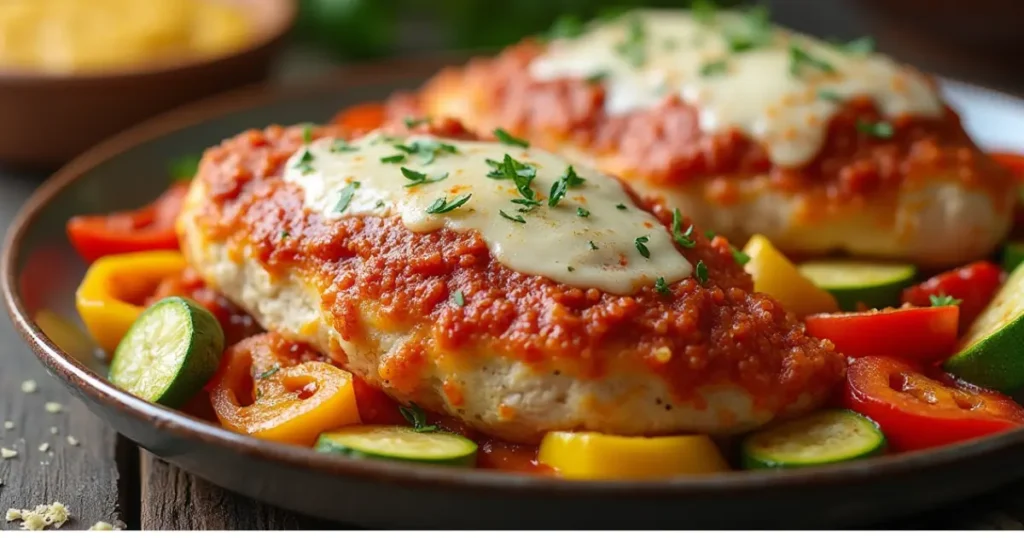
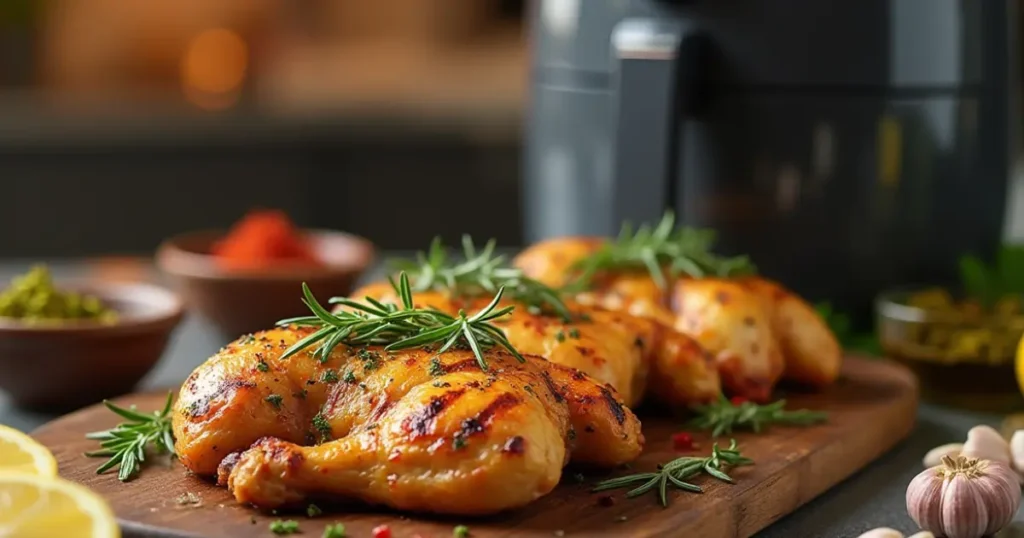
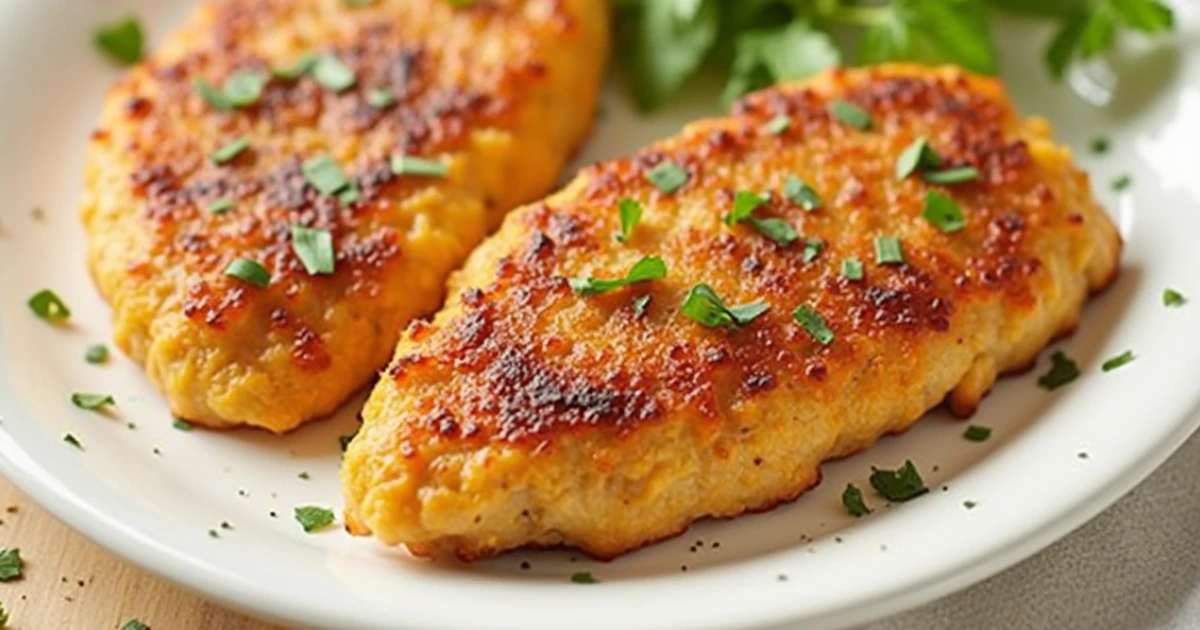
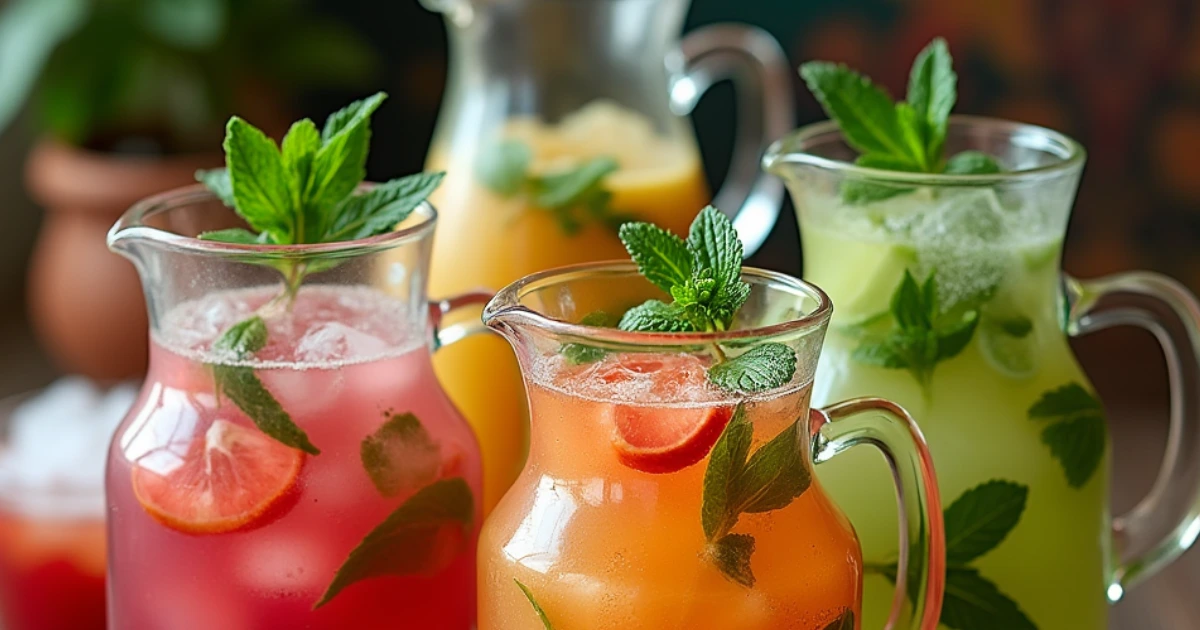
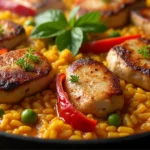
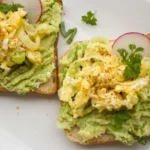

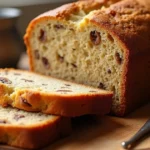

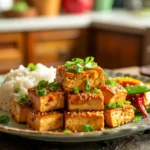

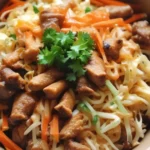



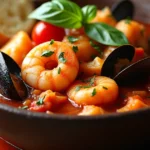

Pingback: How to Make Perfect Oven-Baked Chicken Cutlets – A Step-by-Step Tutorial - lunarhaven